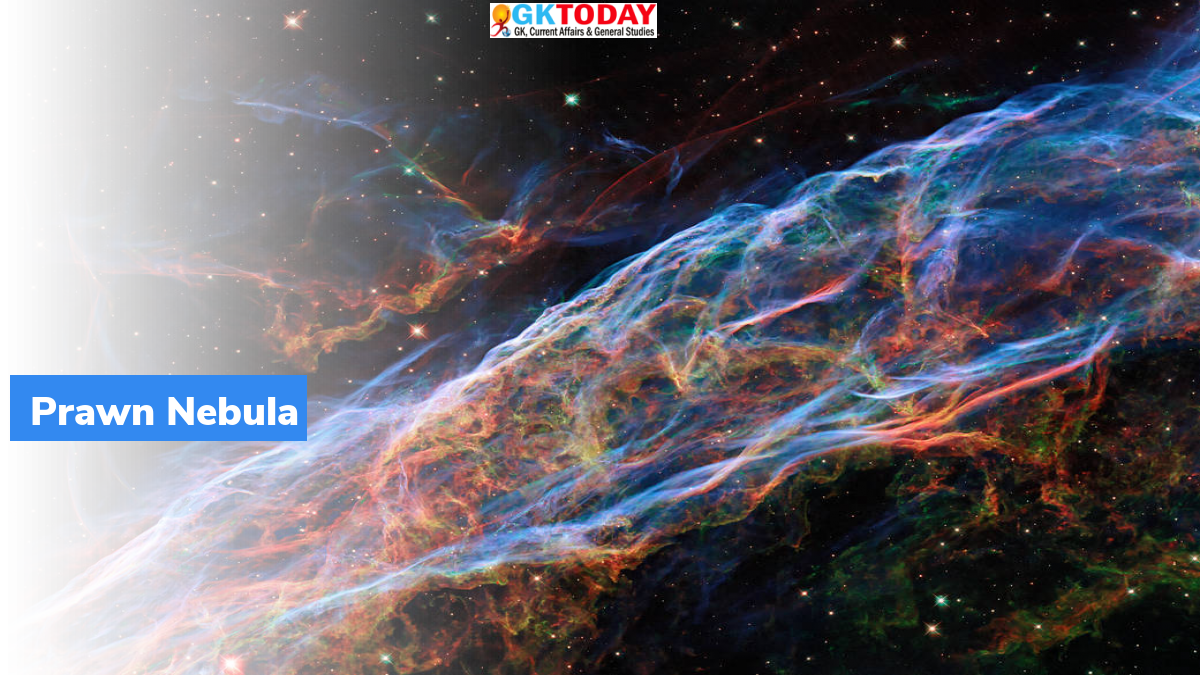Hubble Telescope Observes Prawn Nebula
The Hubble Telescope has observed “Prawn Nebula”, which is a massive stellar nursery located around 6,000 light-years away in Scorpius constellation.
Key Points
- Astronomers classify the Prawn Nebula as an emission nebula, meaning that its gas has been energized, or ionized, by the radiation of neighbouring stars.
- Radiation from these massive stars catches electrons from the hydrogen atoms of nebula.
How Nebula emits light?
When the energized electrons go from higher-energy state to their lower-energy state by combining with hydrogen nuclei, they emit energy in the form of light, which in turn causes the nebula’s gas to glow. In the recent Hubble image, presence of ionized iron emission was indicated in red.
About Prawn Nebula
Prawn Nebula is also called as IC 4628. It is an emission nebula located in Sagittarius Arm of the Milky Way. Its distance is around 6,000 light-years from Earth in Scorpius constellation. Nebula forms part of the tail of “False Comet” anchored by bright open cluster NGC 6231. This Nebula is also called as Gum 56, honouring Australian astronomer Colin Gum. Gum had published a catalogue of HII regions in 1955.
What is an emission nebula?
Emission Nebula is formed of ionized gases which emit light of various wavelengths. Most common source of ionization is high-energy ultraviolet photons which are emitted from nearby hot stars.
Hubble Space Telescope
The Hubble Space telescope was launched in 1990 into low Earth orbit. It is named after astronomer Edwin Hubble.
Month: Current Affairs - November, 2021


